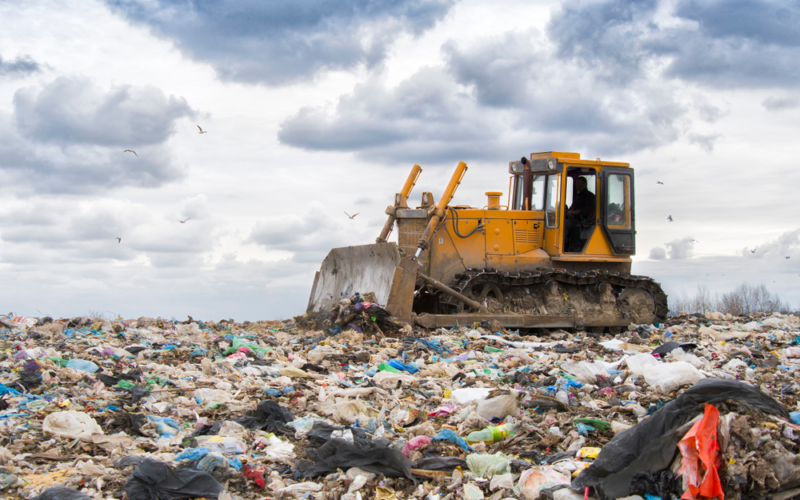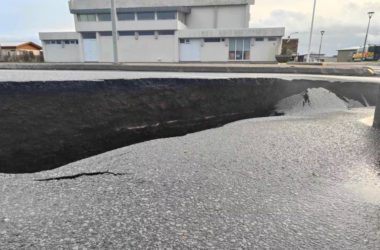A recent study has shed light on a troubling new source of toxic PFAS pollution, revealing that U.S. landfills are not only leaching these dangerous chemicals into the water supply but also releasing them into the air. These so-called “forever chemicals,” known for their persistence in the environment and links to serious health issues, are becoming an increasing threat to public health and the environment, with researchers urging more robust action to address the issue.
PFAS, a class of about 16,000 compounds, are commonly used to make products resistant to water, stains, and heat. They have earned the nickname “forever chemicals” because they do not naturally break down and can accumulate in the human body, leading to a host of health problems, including cancer, birth defects, liver disease, and thyroid disorders. Despite growing awareness of these risks, effective solutions to manage PFAS pollution have been slow to materialize.
The study highlights a previously underappreciated aspect of PFAS pollution: the release of PFAS gas from landfill waste. As products containing PFAS decompose in landfills, these chemicals can turn into gas and escape into the atmosphere. While landfills are equipped with gas collection systems, these are not designed to capture or destroy PFAS effectively, meaning much of the toxic gas likely ends up in the environment.
This revelation is particularly concerning given that previous research has primarily focused on water contamination. The new findings suggest that air pollution from landfills may be an equally significant, yet less scrutinized, pathway for PFAS to spread into the environment. With up to three times more PFAS found in landfill gas than in leachate, this study raises urgent questions about the adequacy of current landfill management practices.
For years, environmental activists and left-leaning politicians have sounded the alarm about PFAS pollution, often advocating for more stringent regulations and higher taxes on industries. However, it’s clear that the real challenge lies in finding practical solutions that protect public health without stifling economic growth. While the dangers of PFAS are undeniable, heavy-handed government intervention and excessive regulation are not the answer. Instead, we need innovative approaches that address this issue head-on while preserving the freedoms and prosperity that define the American way of life.
The study’s lead author, Ashley Lin of the University of Florida, emphasizes the need for a better understanding of how landfill gas treatment technologies can be adapted to address PFAS. The current methods, such as flaring or incineration, are insufficient, as they often break down PFAS into smaller, equally harmful chemicals rather than eliminating them entirely. This highlights the need for more research and development in waste management technologies.
As the nation grapples with the challenges posed by PFAS pollution, it’s crucial to strike a balance between protecting the environment and ensuring that government policies do not hinder economic progress. The path forward should involve collaboration between industry, researchers, and policymakers to develop effective, practical solutions that safeguard both our health and our economy.








